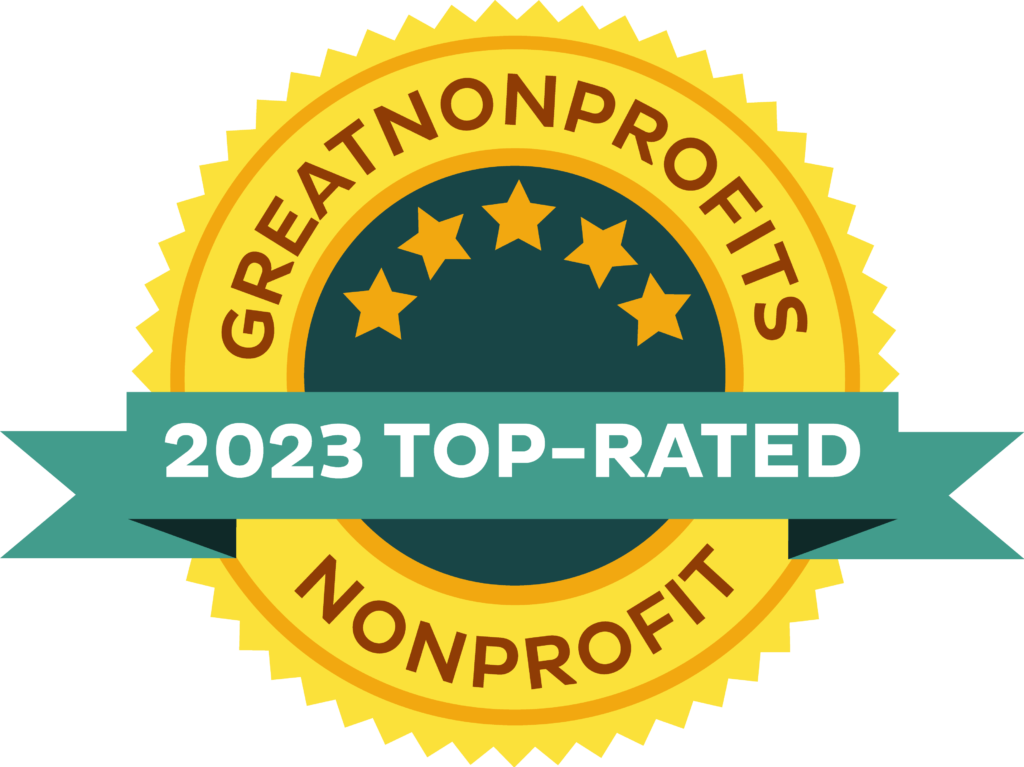CONSERVATION SUCCESSES
Since its founding, The Livestock Conservancy has never lost a breed ranked on its Conservation Priority List to extinction!
Breeds Graduated from our Conservation Priority List
Hereford pigs (2024)
Southdown sheep (2024)
Australorp chickens (2023)
Brahma chickens (2023)
Plymouth Rock chickens (2023)
Rhode Island Red chickens (2023)
Ayrshire Cattle (2021)
Highland Cattle (2019)
Orpington chickens (2016)
Wyandotte chickens (2016)
Friesian horses (2014)
Nigerian Dwarf goats (2013)
Percheron horses (2013)
Katahdin sheep (2013)
Discover, Secure, Sustain: Real-Life Success Stories
The Livestock Conservancy’s conservation actions are shaped by the “Discover, Secure, Sustain” paradigm. Below are some of the success stories from the Conservancy’s archives. These examples illustrate the application of “Discover, Secure, Sustain” in projects and actions.
Secure & Sustain: Staff member Jeannette Beranger and former staffer Don Schrider developed a master-breeder program for Buckeye chickens that has set the gold standard for expansion and selection of rare chicken breeds.
Secure & Sustain: In 1997 the Conservancy took a census of Heritage Turkeys and found that there were only 1,335 breeding birds in the whole United States. Between 1997 and 2002, the organization shared this information by starting a specialty newsletter – The Snood News – and initiated a project with Virginia Tech to compare the immune systems of Heritage Turkeys and industrial strains. By 2003, with the help of marketing and education, the breeding population had more than doubled to 4,275. The Livestock Conservancy initiated an educational program on how to care for Heritage Turkeys, and how to select quality breeding stock. By 2007, the population exceeded 10,000 breeder birds.
Discover & Secure: One of the Conservancy’s first rescues occurred in December 1987 when it learned that a unique population of feral sheep on Santa Cruz Island (off the coast of southern California) faced imminent eradication. Thanks largely to Phil Hedrick, Marion Stanley, and Dirk Van Vuren, a viable population was removed from the island.
Sustain: The Livestock Conservancy has defined the term Heritage for chickens, turkeys, cattle, and swine, helping to set standards for product marketing and generating a niche market for these breeds.
Discover & Secure: The Marsh Tacky project was the culmination of a successful 4-year project to describe, document, and conserve an endangered horse breed previously thought to be extinct. The breed is from the lowlands of South Carolina and is of Spanish descent.
Secure: Former Executive Director Don Bixby initiated a gene bank to store genetic material in case of a crisis and to give breeders access to stored semen.
Secure & Sustain: During the 1980s, hog prices plummeted and many breeders sent their herds to market. In 1999, there were only 42 Red Wattle hogs and 4 breeders. In 2000, The Livestock Conservancy was asked by Red Wattle hog breeders to re-initiate a registry for the Red Wattle hogs. Only 3 hogs were registered the first year, so the Conservancy helped facilitate communication between breeders. By June 2001, the population had increased to 90, an association had been formed, and 3 new breeders had been added. By 2012, 300 Red Wattle hogs were registered and the Red Wattle Hog Association had taken over the management of the registry. Red Wattle hogs were moved from Critical to Threatened on the 2014 Conservation Priority List.



